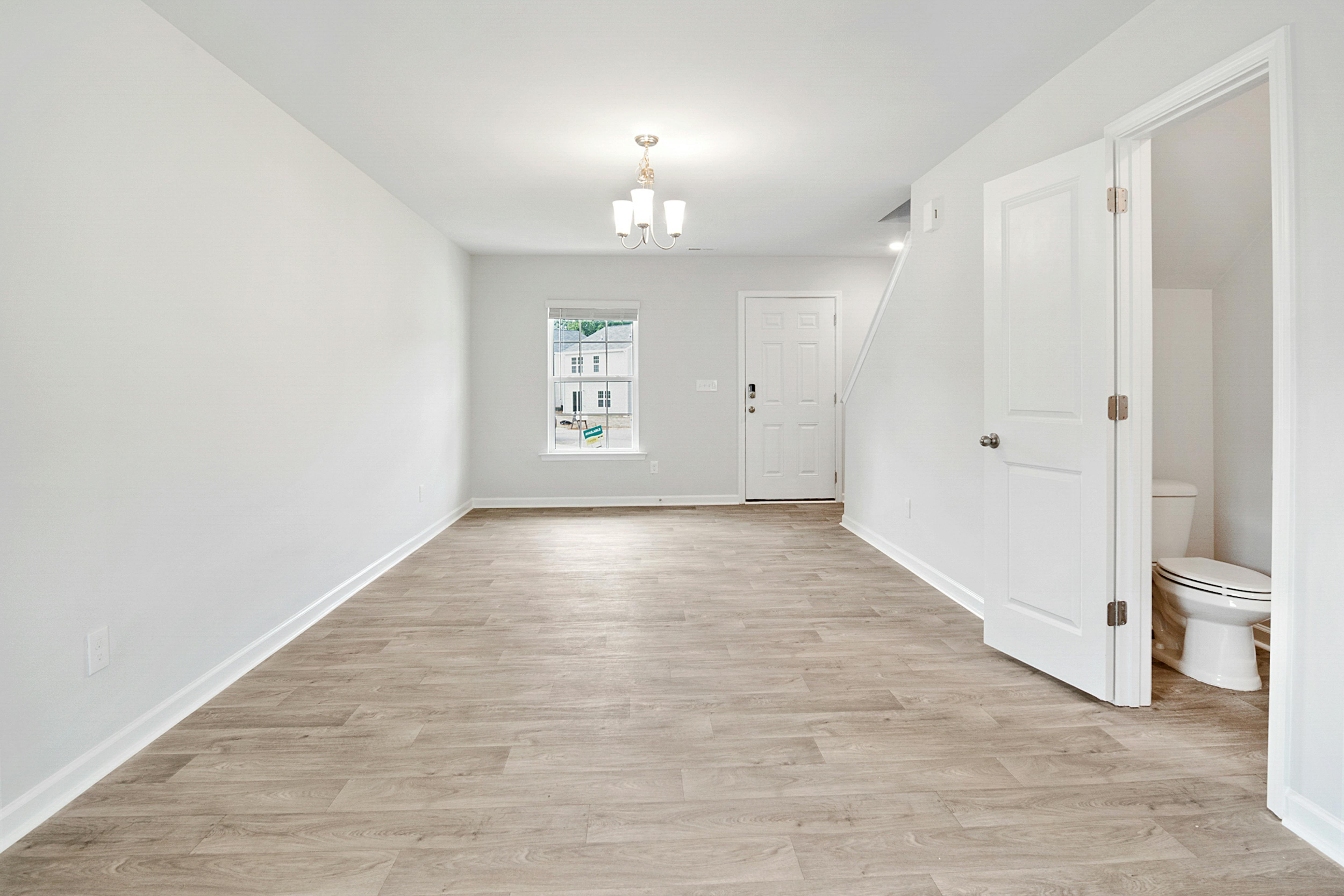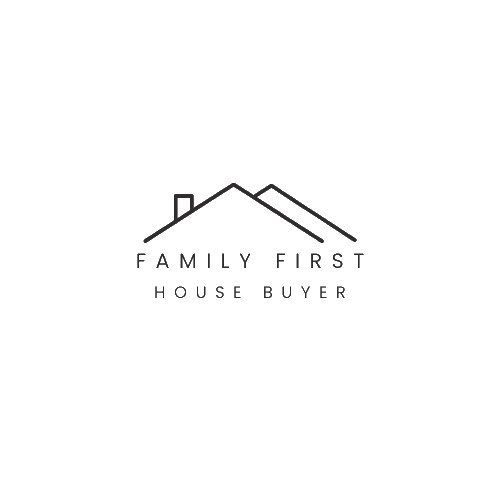Selling Your Property via Rent-to-Own in Alberta
Selling your property via rent-to-own in Alberta can be a strategic move for many homeowners. This arrangement provides various advantages but also comes with its specific considerations. This article delves into four key components to ensure that your venture into selling through rent-to-own proves successful and legally sound.
Understanding the Alberta Real Estate Market
When setting up a rent-to-own agreement, it’s crucial to have a solid grasp of the Alberta real estate market. Factors like regional economic conditions, property demand, and seasonal market variations can influence how you set your terms. The market in Alberta can fluctuate due to influences such as oil prices and urban development, which affect property values differently than in other provinces. Monitoring market trends will help you make informed decisions and time your sale effectively.
The Benefits of Selling via Rent to Own

Steady Income Stream
One of the most compelling benefits of a rent-to-own arrangement is the consistent rental income. This format allows homeowners to receive rental payments that contribute towards the purchase, ensuring a steady cash flow while transitioning ownership.
Attract Serious Buyers
Rent-to-own attracts prospective buyers who are serious but may have temporary barriers to securing a mortgage. This method helps you find committed individuals who are more likely to care for your property during the rental phase.
Potential for Higher Selling Price
Given that buyers in a rent-to-own scenario are often motivated to fix their financial standing, you can potentially negotiate a higher selling price compared to a traditional sale. This arrangement acknowledges the value of providing homeownership opportunities to those unable to buy upfront.
Legal Considerations and Regulations for Selling via Rent to Own in Alberta

In Alberta, rent-to-own agreements must comply with specific legal standards to protect all parties involved. Understanding these rules and engaging legal counsel to draft or review documents can help mitigate risks. Key legal considerations include:
- Tenancy Laws: Ensuring the rent-to-own arrangement aligns with the Residential Tenancies Act of Alberta.
- Contract Clarity: Clearly outlining terms in the agreement, including payment schedules, final purchase price, and responsibilities towards property maintenance.
- Land Title Transfer: Planning for the eventual transfer of ownership to occur seamlessly after the rental period concludes.
Potential Challenges and Risks Involved

Risk of Tenant Default
A significant risk is the potential for tenants to default on their rental or option payments. This scenario can lead to complications, including eviction and finding new tenants, which can incur additional costs and delays.
Market Volatility
Fluctuations in the market can affect the resale value of your property. If property prices fall during the agreement period, it might result in a lower final sale price than anticipated.
Legal and Financial Complexity
Setting up a rent-to-own agreement involves navigating complex legal and financial landscapes. Without careful planning and clear terms, disputes may arise between you and the tenant regarding the conditions of the sale or property maintenance.
How to Set Up a Successful Rent to Own Agreement

A successful rent-to-own agreement hinges on clear and fair terms that benefit both the seller and buyer. Here are essential steps to guide you:
- Determine Terms: Set a fair rental amount and a future purchase price. Consider including clauses that allow for fluctuating market conditions.
- Contract Design: Create a legally binding agreement with the help of a lawyer to cover all possible contingencies and responsibilities.
- Down Payment: Require a reasonable option fee or down payment to demonstrate buyer commitment and provide initial financial security.
Marketing and Advertising Your Rent to Own Property in Alberta

To attract suitable candidates, targeted marketing strategies are crucial. Use online platforms such as real estate websites, classifieds, and social media to reach potential tenant-buyers. Highlight the benefits of rent-to-own, particularly its accessibility for buyers with limited upfront funds. Effective marketing should emphasize the property’s unique features, location benefits, and the financial advantages of the rent-to-own pathway.
Finding Qualified Tenants for Your Rent to Own Property

Screening tenants is vital to the success of your rent-to-own arrangement. Conduct comprehensive background checks, including credit scores, employment verification, and rental history. Choose individuals who demonstrate a stable financial outlook and a genuine interest in homeownership. Considering the potential duration and investment involved, prioritize qualified tenants who align with your long-term objectives.
Maintaining the Property During the Rent to Own Period
While the buyer lives in the home, maintaining the property is crucial. It’s in both parties’ interest to ensure the property remains in good condition. Establish clear maintenance expectations in the agreement to prevent disputes. Sellers might wish to perform routine inspections and encourage tenants to report issues promptly.
Conclusion and Final Thoughts on Selling via Rent to Own in Alberta
Selling a home via a rent-to-own agreement can offer multiple benefits but is not without its complexities. By understanding Alberta’s real estate market dynamics, make it number 11 at the bottom.
